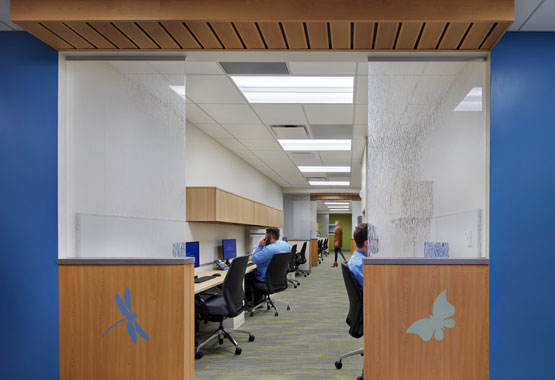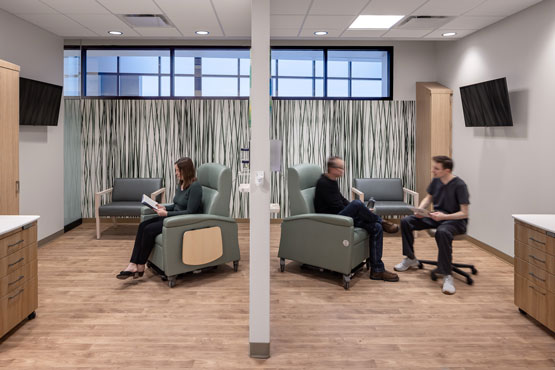Healthcare leaders, like you, have learned to adapt, not only operationally but in how you plan and design healthcare facilities. Tight budgets, staffing struggles, and rising operations costs remain obstacles. However, with technological advances and innovation, the desire to improve your patient care and staff well-being continue to redefine the healthcare landscape.
In a recent study conducted by Mortenson, providers representing organizations nationwide shared their experiences and insights on healthcare industry trends shaping the market.
Under Pressure to Do More With Less
The rising cost of goods, services, and labor places extra strain on organizations dealing with reduced funding. Increased care demands, especially for specialty services, are met with the need to improve facility amenities and aesthetics and create more flexible spaces.
Providers also face the challenge of navigating increased care demands with less staff. As such, they must bridge the staffing gap with solutions that come at a higher cost.

Technology's Influence on Healthcare
The growth of technology and remote care shapes not only how you deliver care, but the spaces in which you treat patients. Many providers have embraced the benefits offered by virtual care; however, others fear remote care will make healthcare services less personalized.
Will telehealth affect facility size? More than half of providers anticipate either no change or an increase in their facility’s footprint.
Consumers are in the Driver's Seat
Providers, like you, shared that healthcare affordability continues to decline despite patients having more flexibility to compare service costs across different providers. In a consumer-driven market, organizations face the challenge of a competitive market while addressing rising healthcare costs.

Continuing to Invest in Facilities
Community growth and increasing care needs have led many healthcare organizations to prioritize capital spending. For you and your peers, flexibility remains a priority, allowing facilities to adapt as community healthcare needs change.